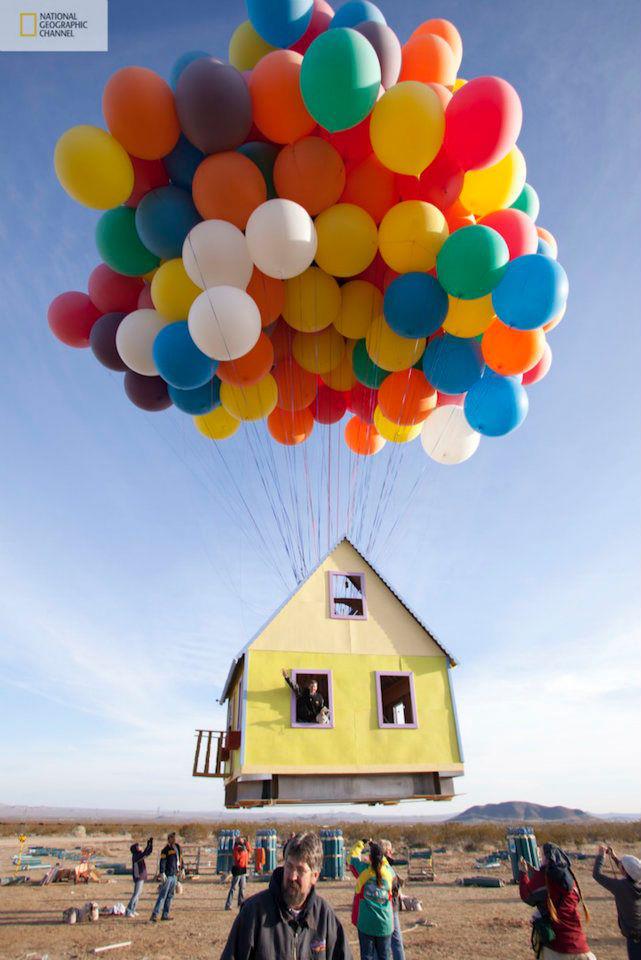


Ryoji Ikeda
micro | macro
micro | macro transforms Hall E in the MuseumsQuartier into an oversized world of moving images and sounds. In his immersive installation, multimedia artist Ryoji Ikeda creates a field of imagination between quantum physics, empirical experimentation and human perception. In collaboration with nuclear scientists at CERN, Ikeda has translated complex physical theories into a sensory experience. The Planck scale is used by scientists to denote extremely small lengths or time intervals. Concepts like space and time lose their meaning beyond this scale, and contemporary physics has to rely on speculative theories. And on art. Visitors to micro | macro enter a world of data, particles, light and sound that makes the extremes of the universe perceptible to the eye and ear. In the micro world we penetrate the smallest dimensions of the unrepresentable, while in the macro world we take off into cosmic expanses that allow us to experience the infinite space beyond the observable universe. In this maelstrom of data, an acoustic and visual firework bridges the gap between theoretical understanding and sensual perception.

The Man from the 9 Dimensions
The Man from the 9 Dimensions
Based on the latest scientific data and hypotheses, Takashi Shimizu, the pioneer of horror movies, visualizes the world as theoretical physicists see it in order to create a new kind of science movie. The world’s first 3D full-dome movie on the “Theory of Everything”; the ultimate goal of physics to describe all natural phenomena by a single, consistent theory. Physics is in crisis. Our understandings of the microscopic world of elementary particles and of the macroscopic world of the universe are in contradiction. Scientists are striving to resolve the contradictions and construct the Theory of Everything. Be ready to be surprised by the new world of vibrating strings and hidden dimensions predicted by the most promising hypothesis, the Superstring Theory.
Scientific Advisor: Hirosi Ooguri
Director: Takashi Shimizu

Liam Young
Planet City
Planet City, by Los Angeles-based film director and architect Liam Young, explores the productive potential of extreme densification, where 10 billion people surrender the rest of the planet to a global wilderness. Although wildly provocative, Planet City eschews the techno-utopian fantasy of designing a new world order. This is not a neo-colonial masterplan to be imposed from a singular seat of power. It is a work of critical architecture – a speculative fiction grounded in statistical analysis, research and traditional knowledge.
It is a collaborative work of multiple voices and cultures supported by an international team of acclaimed environmental scientists, theorists and advisors. In Planet City we see that climate change is no longer a technological problem, but rather an ideological one, rooted in culture and politics.

Ouchhh
Poetic AI
Ouchhh created an Artificial Intelligence and the t-SNE visualization of the hundreds of books and articles [approx. 20 million lines of text] written by scientists who changed the destiny of the world -and wrote history- were fed to the Recurrent Neural Network during the training. This, later on, was used to generate novel text in the exhibition. 136 projectors shining to be a veritable oneiric experience, the ‘POETIC – AI’ digital installation uses Artificial Intelligence in the visual creation process: the forms, light, and movement are generated by an algorithm that creates a unique and contemplative digital work, an AI dancing in the dark, trying to show us connections we could never see otherwise.

Quadrature
Orbits
“The aesthetics of man-made objects in space, their appearance and especially their orbits are transformed into a minimal audiovisual performance, showing the poetic dance satellites and their trash perform while revolving around us. Seemingly chaotic paths mutate to amazing patterns of an almost organic nature—all of it due to pure physical necessity. When we started working with global satellite data, their information was based on a website maintained by the US Air Force. Yet after some time, based on information from the Union of Concerned Scientists, we discovered that some objects were missing. Fortunately the data on classified satellites is generated by enthusiastic amateur astronomers observing the night skies.” Quadrature

Skylar Tibbits and Arthur Olson
The Self-Assembly Line
Can we create objects that assemble themselves — that zip together like a strand of DNA or that have the ability for transformation embedded into them? These are the questions that Skylar Tibbits investigates in his Self-Assembly Lab at MIT, a cross-disciplinary research space where designers, scientists and engineers come together to find ways for disordered parts to become ordered structures.

JULIUS VON BISMARCK
versuch unter kreisen
This is the artistic result of a residency spent at CERN, where particles circulate on rings at great speed. The four lamps that are suspended from the ceiling also describe circles, but at varying speeds. Starting from there, every imaginable choreography is possible as well as every interpretation. The lamps describe figures that imperceptible transitions trigger one to the other. According to the artist, it’s only a question of mathematics here, though one asks oneself which one of the four incandescent lamps directs the others. And just as quick as they come into alignment as though linked by invisible ties, there is one that seems to accelerate while another can’t manage to keep up with the group. You can watch them for hours on end, hypnotised by the aesthetic beauty of physical laws. The artist, Julius von Bismarck, when receiving his prize admitted to having learned a lot at the CERN. It is likely that the scientists were also marked by his presence.
.

Quadrature
Positions of the Unknown
At the very beginning of space exploration the infrastructure to monitor the whole sky was not yet developed. So in order to find out whether foreign countries launched objects, the US government started to train citizens to observe and detect possible artificial satellites. Scattered over the allied world, these amateur scientists played a crucial part in keeping track of all men-made technology orbiting earth, until “Operation Moonwatch” was discontinued in 1975 […] “Positions of the Unknown” locates the current whereabouts of these mysterious objects by simply pointing at them as they revolve around Earth. Missing the legal proof, those unidentified artefacts remain entities of pure speculation, secret companions of us and our planet. Even so they have been sighted several times and their ubiquitous presence is therefore somehow validated, they linger in a state between existence and non-existence. Quadrature’s 52 small machines constantly follow their paths and serve as silent witnesses of the unknown.
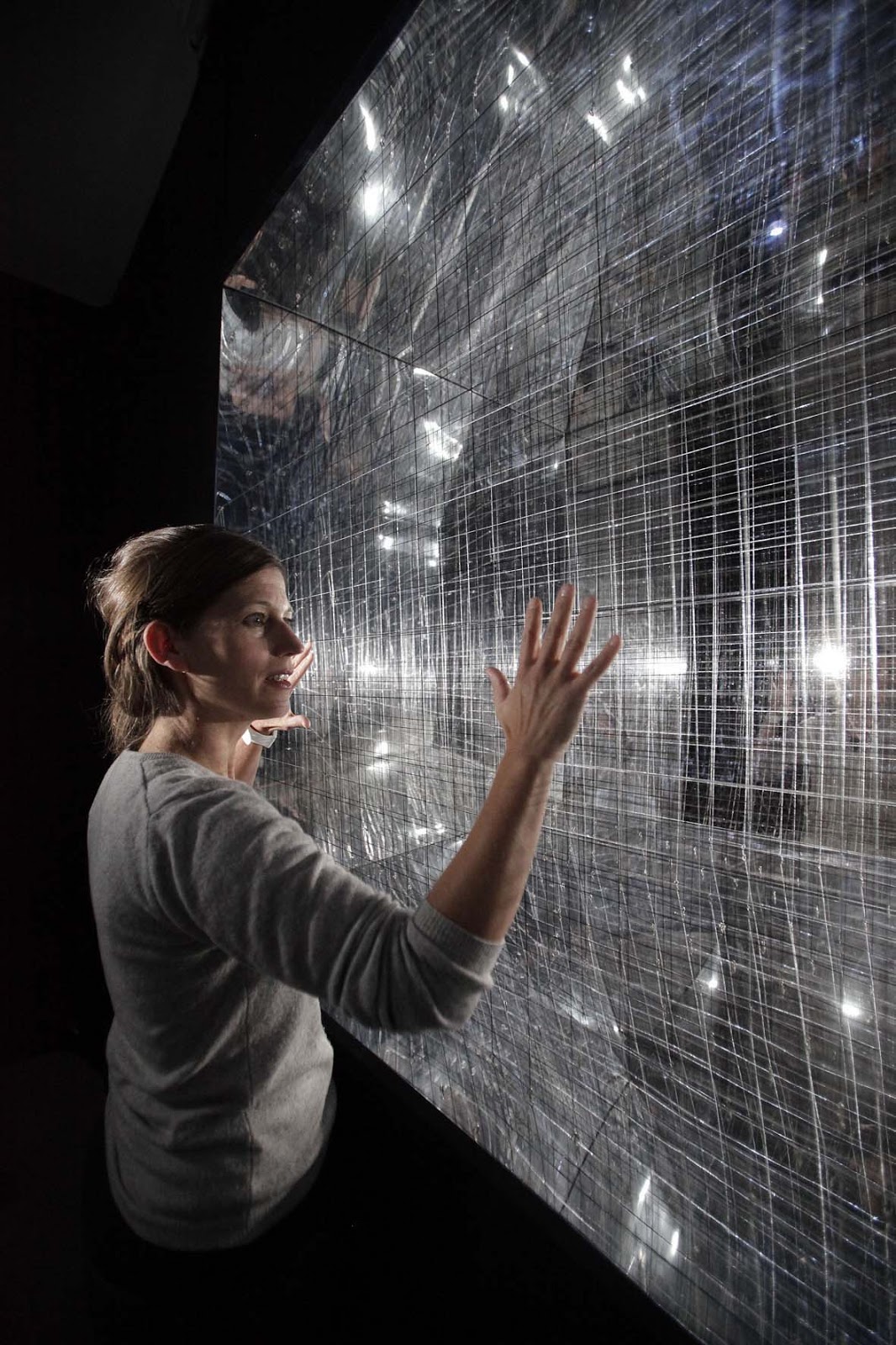
Madi Boyd
the Point of Perception
Produced in collaboration with neuroscientists at UCL, Beau Lotto and Mark Lythgoe, this work is art and science; we intend it as an experiment in the gallery. It manifests as an immersive environment consisting of a ‘screen’ which is a large gridded space of uncertainty and projected film.The project came about after I undertook a period of research of the human visual system and neuroesthetics and set up a collaboration with Professor Mark Lythgoe and Dr Beau Lotto at UCL.

Martin and Erik Demaine
Fuller Craft Series
“On the one hand, we have some very interesting geometric sculpture. And, on the other hand, we are growing our understanding of these forms that ultimately will lead to some scientific and engineering applications,” he says. “Our sculptures also represent a different way of communicating with the public. For scientists, it’s another medium to communicate that there are both interesting and beautiful things in science and math.”
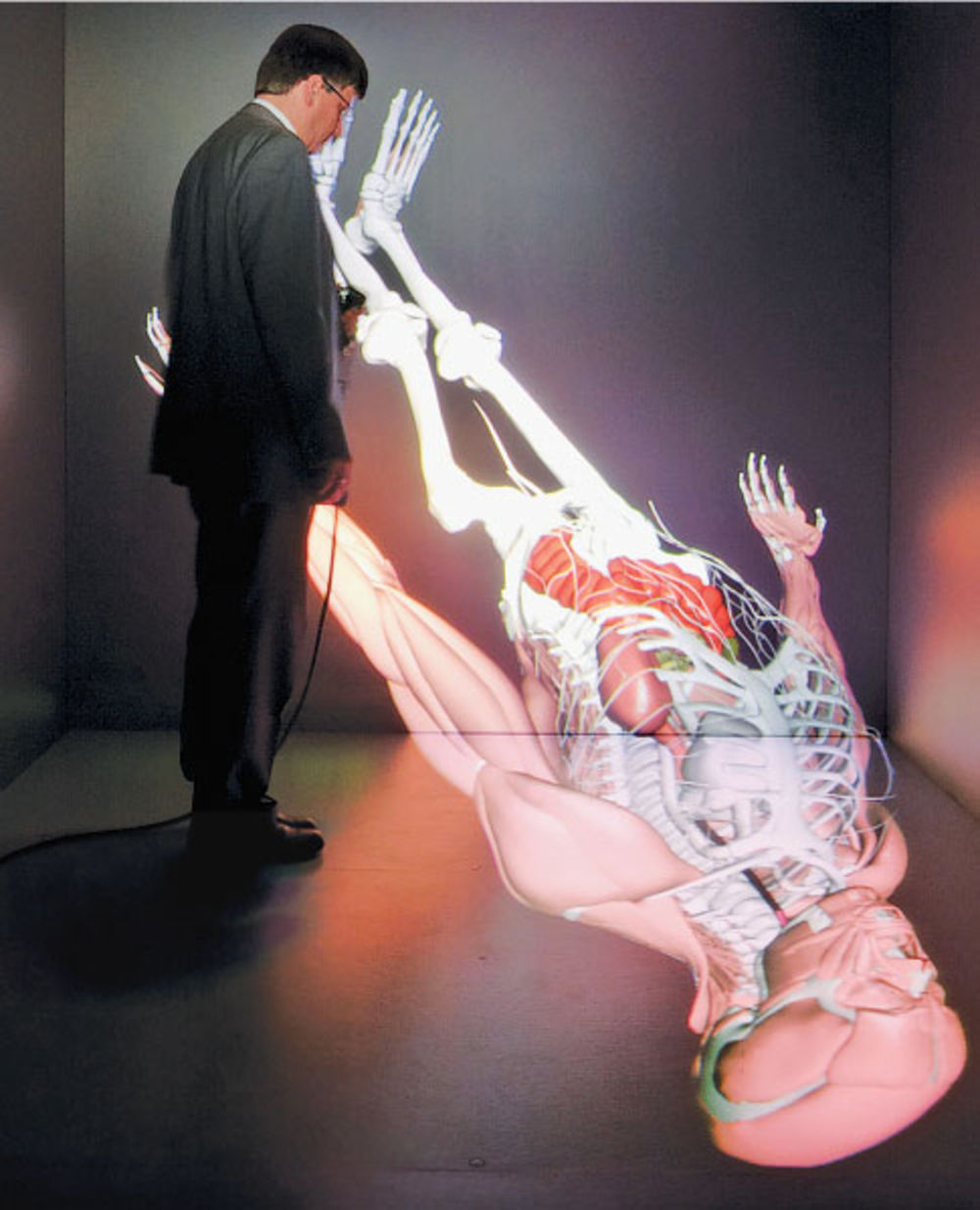
Christoph Sensen
Кристофа Сенсена
dead man float
CAVEman 3-D Virtual Patient Is a Holodeck For the Human Body
The virtual-reality rig at the University of Calgary visualizes aspirin’s journey through the body in 3-D. First stop: the stomach and intestines [red], where the drug is absorbed. Next up is the bloodstream [light green] and finally the kidneys [dark green], which flush by-products into the urine
In this image, three stereoscopic projectors mounted on the floor and one on the ceiling display a computer-animated body. Looking through the goggles, researchers can watch its bloodstream turn from white to red as aspirin travels through it. Sensen hopes to develop computer simulations that will model the progression of diseases like Alzheimer’s and diabetes and help scientists quite literally look for cures. Updated to reflect what’s happening inside a real patient, the technology could also help doctors diagnose and treat cancer. “You could stand inside your patient,” Sensen says, “and see how big the tumor is, how to treat it, and what the outcome will be.”

E.A.T
E.A.T
Experiments in Art & Technology
In 1966, 10 New York artists worked with 30 engineers and scientists from the world renowned Bell Telephone Laboratories to create groundbreaking performances, known as 9 Evenings: Theatre and Engineering. Artists included Andy Warhol, John Cage, Lucinda Childs, Vyvind Fahlstrvm, Alex Hay, Deborah Hay, Steve Paxton, Yvonne Rainer, Robert Rauschenberg, David Tudor, and Robert Whitman. Notable engineers involved include: Bela Julesz, Billy Kluver, Max Mathews, John Pierce, Manfred Schroeder, and Fred Waldhauer.
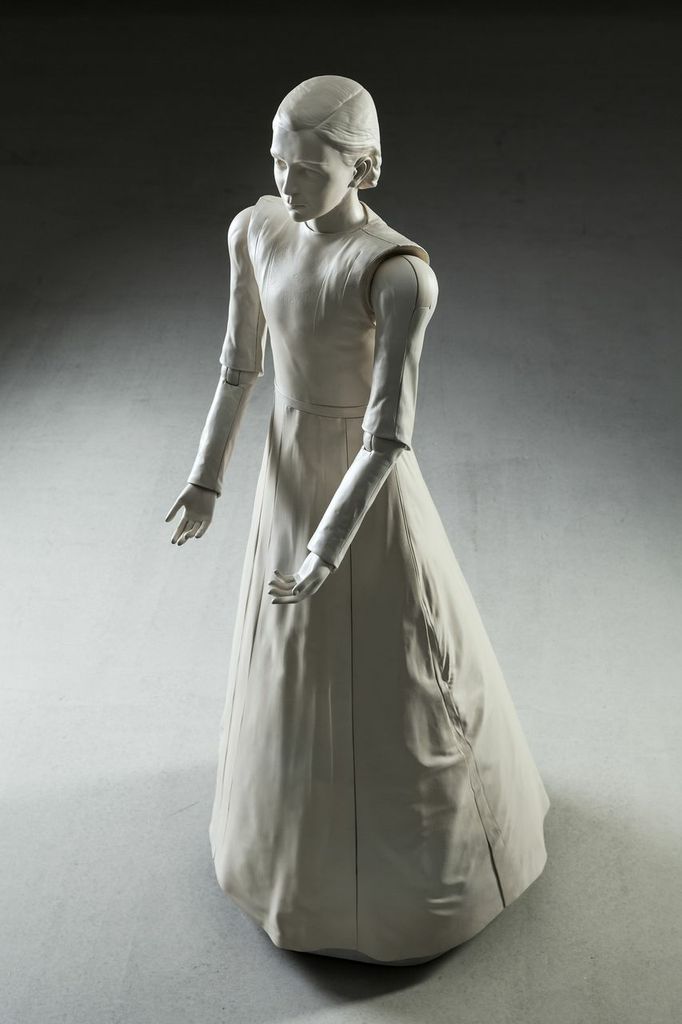
Mari Velonaki
Diamandini
Diamandini is a 155cm tall custom-made humanoid robot incorporating an omni-directional wheeled motion platform; cameras, laser scanners and computers for real-time tracking and installation control. The humanoid robot is being developed through a five year research project between Mari Velonaki and robotics scientists at the Centre for Social Robotics, Australian Centre for Field Robotics, the University of Sydney.
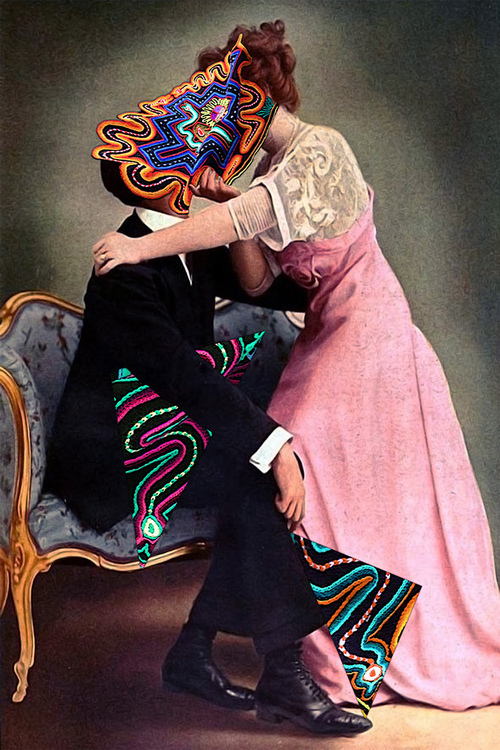
Eugenia Loli
1000scientists- Secret Affair
“It’s important for me to “say” something with my artwork, so for the vast majority of my work there’s a meaning behind them. I usually do this via presenting a “narrative” scene in my collages, like there’s something bigger going on than what’s merely depicted. Sometimes the scene is witty or sarcastic, some times it’s horrific with a sense of danger or urgency, some times it’s chill. I leave it to the viewer’s imagination to fill-in the blanks of the story plot.”

CERN
Globe of Science and Innovation
History of the universe
Did you know that the matter in your body is billions of years old?
According to most astrophysicists, all the matter found in the universe today — including the matter in people, plants, animals, the earth, stars, and galaxies — was created at the very first moment of time, thought to be about 13 billion years ago.
The universe began, scientists believe, with every speck of its energy jammed into a very tiny point. This extremely dense point exploded with unimaginable force, creating matter and propelling it outward to make the billions of galaxies of our vast universe. Astrophysicists dubbed this titanic explosion the Big Bang.
The Big Bang was like no explosion you might witness on earth today. For instance, a hydrogen bomb explosion, whose center registers approximately 100 million degrees Celsius, moves through the air at about 300 meters per second. In contrast, cosmologists believe the Big Bang flung energy in all directions at the speed of light (300,000,000 meters per second, a million times faster than the H-bomb) and estimate that the temperature of the entire universe was 1000 trillion degrees Celsius at just a tiny fraction of a second after the explosion. Even the cores of the hottest stars in today’s universe are much cooler than that.
There’s another important quality of the Big Bang that makes it unique. While an explosion of a man-made bomb expands through air, the Big Bang did not expand through anything. That’s because there was no space to expand through at the beginning of time. Rather, physicists believe the Big Bang created and stretched space itself, expanding the universe.